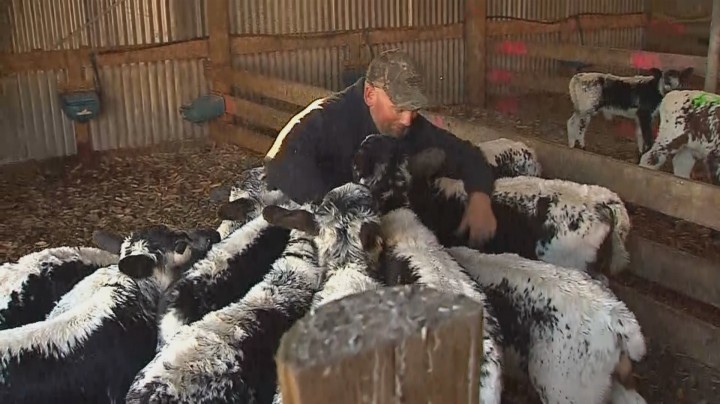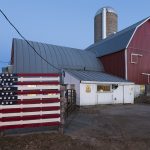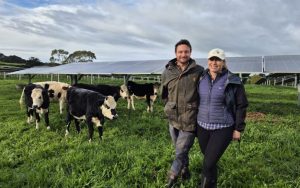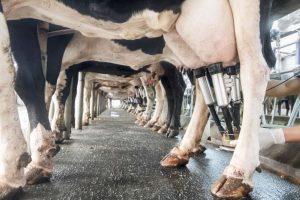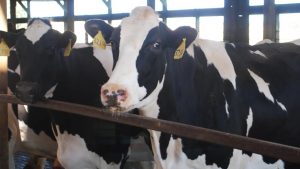
The farmers’ industry organisation believes words like milk, burger, mince, patty and cream belong to the meat and dairy industry.
“We’ve been saying this for a while – meat, milk, lamb chops, they’re clearly labelled as great food from New Zealand,” Federated Farmers dairy spokesperson Chris Lewis told Seven Sharp.
“So when you get some of these other inferior foods who want to copy your brands, your labels, we think it’s a little bit unfair. It’s not the Kiwi way. So we’re just pushing back a little bit, and encourage them to tell their own story, not copy ours,” he said.
Animal welfare group SAFE says plant-based milk products like soy and almond milk have been around for centuries, and are even in the dictionary.
Marianne Macdonald of SAFE read from a dictionary that one of the definitions of milk is “the white juice of certain plants, e.g. coconut milk”.
Mr Lewis admits that with the words “milk” and “patty” being in the dictionary, farmers probably don’t “own” the words.
“It’s probably a bit late to get a trademark on it. But we’re proud of what we do as Kiwi farmers, so we’ll try and do our best to protect it,” he said.
Ms Macdonald said she thinks the move by Federated Farmers to protect the product descriptions “is a knee-jerk reaction – that they’re feeling really threatened”.
But Mr Lewis said the farmers are not threatened by the popularity of pland-based meat and milk products.
“There’s obviously a market for them, and the consumer will decide. And we just want the consumer to make an informed choice on what they’re buying. So if they’re buying a beef patty or buying a patty or buying milk, they’re clearly showing what they’re buying,” he said.
